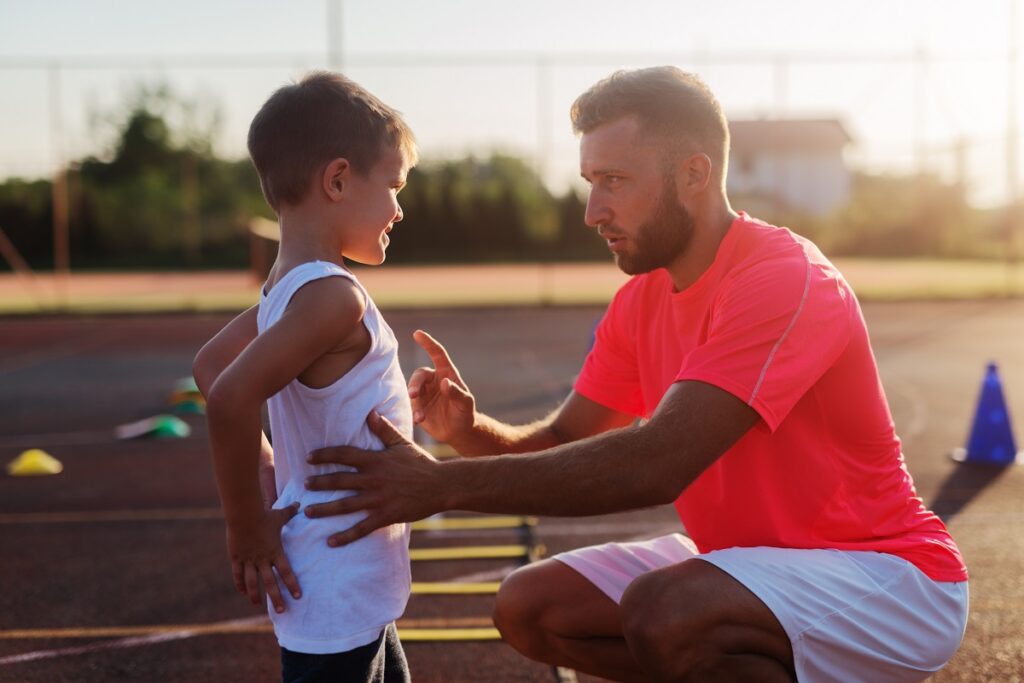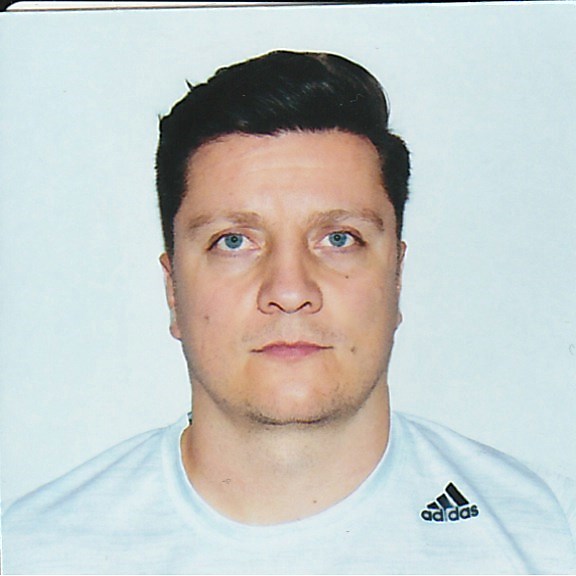The Four-Stage Model of Long-Term Athlete Development

In order to maximize the development of players over the long run, the best plan is to adopt a four-stage training model developed by Dr. Istvan Balyi. The four stages are:
1. FUNdamental Stage
2. Training to Train Stage
3. Training to Compete Stage
4. Training to Win Stage
Stage 1: FUNdamental Stage (ages: 5-10)
The FUNdamental Stage should be well-structured and fun! The emphasis is on the overall development of an athlete’s physical capacities, and fundamental movement skills (The ABCs: Agility, Balance, Coordination and Speed). From the ages of five to 10, the emphasis is on structure and fun. Participation in as many sports as possible is encouraged. Speed, power and endurance are developed using FUN games, and the correct running, jumping and throwing techniques are taught.
The use of a child’s own body weight games, medicine ball and Swiss ball exercises are encouraged, and athletes are introduced to the simple rules and ethics of sports. No periodization training takes place, but all programs are structured and monitored.
Tennis is part of this overall program. But again, the structure and emphasis is on playing games, having fun and physical development. Age-appropriate racket and balls are important in the FUNdamental Stage.
Stage 2: Training to Train Stage (ages 10-14 for males/9-13 for females)
The Training to Train Stage is similar to the bamboo tree. In the first four years, the bamboo tree grows three feet and develops it root structure. In the fifth year, it grows 30 feet! Adopt the mindset of maximizing this developmental stage. Go slow, expose the player to a wide range of athletic experiences and build a sense of joy and adventure in everything you do. During the Training to Train Stage, young athletes learn how to train systematically. They are formally introduced to basic tennis skills, as well as technical/tactical skills and ancillary capacities such as: Warming up and cooling down, stretching, hydration and nutrition, recovery and regeneration, relaxation and focusing, taper and peaking for competition.
During this Stage, they can begin tournament play. During competition, athletes definitely should try to win and to do their best; however, the focus of training is on learning the basics. Competing is secondary and it is important to not put too much importance on results, whether good or bad.
Training and competition ratios are important. Too many competitions will waste valuable training time. Conversely, not enough competition will inhibit the practice of technical skills and the ability to face the physical and mental challenges presented during competition. A ratio of 75 percent training to 25 percent competition is recommended by experts during the Training to Train Stage, but these percentages will vary according to a player’s individual needs. The focus at this Stage should be on skill development, not outcome.
The underlying attitude of the coach, parent and player during this Stage is to focus on the process (training and performing to one’s actual best capacity), rather than the outcome (winning). We believe that athletes undertaking this type of preparation are better prepared for competition in both the short and long-term than athletes who focus solely on the rankings and tournament wins during these years. It is important to note that the 25 percent competition ratio refers to actual tournament play. Players in this stage still compete daily, in the form of practice matches and competitive games and drills.
The Training to Train Stage addresses the critical period of physical and skill development. If an athlete misses this Stage of training, they may never reach their full potential. The reason we see so many athletes plateau during the later stage of their careers is primarily due to an over emphasis on competition instead of training during this critical period in their athletic development.
In this Stage you can institute a single annual periodization training framework with one major competition (a sectional or national tournament) for every 10 to 23 weeks of development. By the age of 13-14, two distinctive competitive seasons are planned and implemented.
Stage 3: Training to Compete Stage (ages 14-18 for males/13-16 for females)
This phase of development is introduced only after the goals and objectives of the Training to Train Stage have been achieved. During the Training to Compete Stage, high intensity, tennis-specific training is introduced on a year-round basis. Athletes learn how to perform skills under a variety of conditions and are exposed to all possible competitive situations during training. Fitness programs, recovery programs, psychological preparation and technical development should now be individually-tailored to a greater degree. These activities are organized above and beyond group preparation to address each player’s individual strengths and weaknesses.
The training to competition ratio now changes to 50:50. But this will again vary according specific needs. During this phase, you can adopt a double periodization framework. This means two competitive seasons for every 14-16 weeks of development.
Stage 4: Training to Win Stage (ages 18-plus for males/16-plus for females)
In Stage 4, the Training to Win Stage, the shift is to optimize competitive performance. At ages 16-18, this can shift to a triple periodization framework that allows players to compete at the highest level and still address continuing development needs. All of the athlete’s physical, technical, tactical, mental and ancillary capacities are now fully established with the focus of training shifting to the optimization of performance. Athletes are trained to peak for major competitions. The training to competition ratio shifts again in this stage to 25 percent development training to 75 percent. Included now in the 75 percent are a wide variety of competition-specific training activities. A multiple periodized framework (three or more competitive seasons) is adopted for an athlete’s playing calendar.







